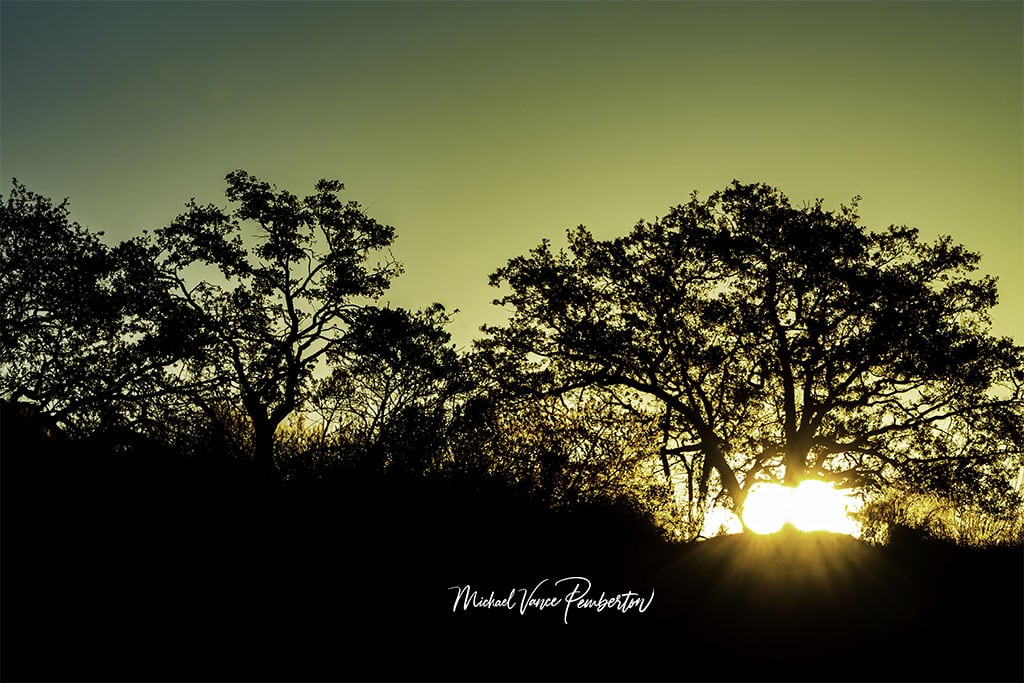
Embarking on the journey of photography is an exciting venture, and the first step often involves selecting the right camera. With many options available, it’s natural for a beginner photographer to feel overwhelmed. This guide will explore the considerations and factors to help you choose the perfect camera to kickstart your photography journey.
1. Define Your Budget:
Before delving into the world of cameras, it’s crucial to establish a budget. Photography can be as affordable or as expensive as you make it, and having a clear budget will narrow down your options.
2. Understand Camera Types:
Three primary types of cameras are suitable for beginners: compact, mirrorless, and digital single-lens reflex (DSLR). Each has advantages, and the choice depends on your preferences and needs.
a. Compact Cameras: Ideal for casual photographers, these are small, portable, and easy to use. They often come with automatic settings, making them great for beginners.
b. Mirrorless Cameras: Combining the convenience of compact cameras with the image quality of DSLRs, mirrorless cameras are gaining popularity. They are lightweight, offer interchangeable lenses, and are user-friendly.
c. DSLR Cameras: Known for their superior image quality and versatility, DSLRs are favored by many professionals. They provide manual controls, interchangeable lenses, and excellent image sensors.
3. Consider Ease of Use:
As a beginner, you’ll want a user-friendly camera that offers easy navigation. Look for cameras with intuitive menus, touchscreen capabilities, and accessible controls. This will ensure a smoother learning curve as you explore the fundamentals of photography.
4. Assess Megapixels:
While the number of megapixels is not the sole determinant of image quality, it’s still an essential factor. A camera with a reasonable megapixel count (around 16-24 MP) will provide sufficient detail for most beginner photographers.
5. Look at Lens Compatibility:
If you opt for a camera with interchangeable lenses (mirrorless or DSLR), consider the availability and affordability of lenses. A good lens selection can significantly impact your ability to capture various shots.
6. Research Image Stabilization and Autofocus:
Image stabilization and autofocus are crucial features, especially for beginners. Image stabilization helps reduce blur caused by shaky hands, while a reliable autofocus system ensures sharp and clear images, even in challenging conditions.
Conclusion:
Choosing the right camera as a beginner photographer is a personal decision that depends on your preferences, budget, and intended use. Take the time to research, try out different models, and consider your long-term goals in photography. Remember, the best camera for you is the one that feels comfortable in your hands and inspires you to capture the world through your unique lens. Happy shooting!


Recent Posts
In shadows cast by love's deceitful guise,He wandered blind, his heart the captive prize.Through realms unknown, where truth remained concealed,He followed trails of falsehood, unrevealed. Blinded...
Prepare to be amazed as the MCAS Cherry Point Air Show returns on May 11-12. This annual event, hosted by the Marine Corps Air Station (MCAS) Cherry Point in North Carolina, promises a weekend of...